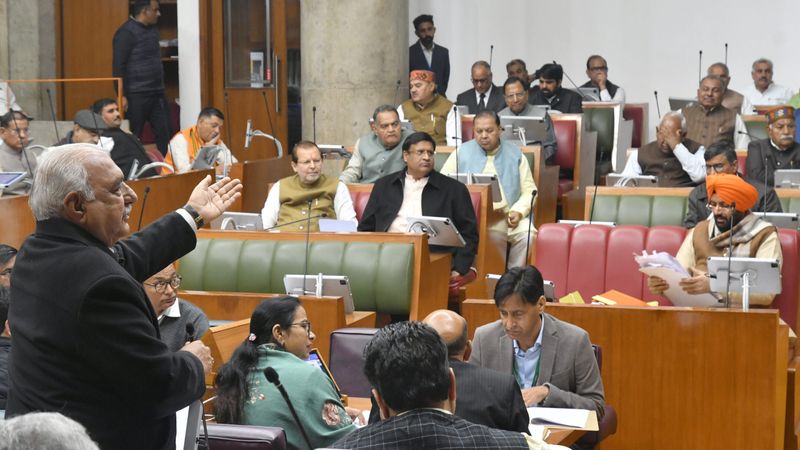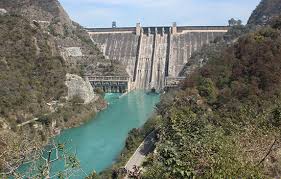Listen To This Post
Chandigarh: As Punjab reels under one of its worst floods in decades, fresh scrutiny has fallen on the Bhakra Dam’s declining storage capacity. Officials have now confirmed that since its commissioning in 1963, the reservoir’s holding capacity has shrunk by nearly 19 per cent, primarily due to silt deposition. This problem has never been systematically addressed in six decades.
The revelation has sparked criticism of the Bhakra Beas Management Board (BBMB), which oversees both the Bhakra and Pong dams, for “failing to hold back water” during the recent torrential rains. The release of excess water from these dams, which have the largest reservoirs in northern India, is being widely blamed for exacerbating the flood situation in Punjab.
Shrinking Gobind Sagar
The Bhakra reservoir, also known as Gobind Sagar Lake, sprawls across 88 sq km in Himachal Pradesh’s Bilaspur and Una districts. Originally designed to store 7.4 lakh billion cubic metres, its live storage has now reduced to about 6 lakh billion cubic metres.
This reduction is due to unchecked siltation. While planners had projected an annual inflow of 33.61 million cubic metres of silt, actual inflows have been higher, at 39.01 million cubic metres annually. Officials note that in recent decades, the reservoir water level has never dipped below 1,540 feet, compared to its design range of 1,462 feet to 1,680 feet. This has not only reduced flood cushioning capacity but also undermined irrigation and hydropower efficiency.
Human Activity Driving Siltation
BBMB engineers attribute the surge in silt deposits to deforestation, construction, and natural erosion in the Sutlej catchment area of Himachal Pradesh. In particular, between 2003 and 2015, silt inflows rose sharply during the construction of the Kol Dam on the Sutlej. 2018 onwards: Another spike was observed when four-lane highway projects began in Himachal, destabilising fragile hill slopes. Officials warn that with rapid construction activity continuing in the hills, the problem is only likely to worsen in the coming years.
Desilting Stuck in Red Tape
About two years ago, the BBMB had proposed large-scale desilting near Bilaspur town, offering to pay the Himachal Pradesh government royalties for the extracted material. The proposal has, however, been pending for over a year, awaiting clearance from Himachal’s Industries Department, which regulates mining. A BBMB senior official said, “We have completed all formalities for desilting and are ready to float tenders. But since the reservoir falls under Himachal’s jurisdiction, we cannot proceed without their nod.”
The BBMB has also recommended to the Union Ministry of Water Resources that dam silt should be mandatorily used in highway construction. An IIT-Roorkee study has certified that the silt is of excellent quality for road building.
Policy and Politics
The issue has now taken on a political dimension. With Punjab witnessing widespread devastation, farmers and opposition leaders argue that the Centre and BBMB failed to modernise dam management systems despite repeated warnings of rising siltation. Experts say that had the reservoir maintained its original holding capacity, Punjab could have been spared some of the excess flooding. The episode highlights the urgent need for integrated river-basin management, coordinated between Punjab, Himachal Pradesh, Haryana, and the Union government. With Assembly elections due in Punjab in 2027, the flood crisis and the management of its dams may well become a significant political flashpoint, testing both the state and central governments on disaster preparedness and infrastructure upkeep.















